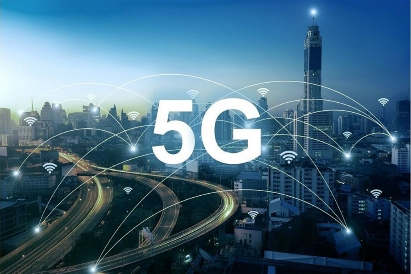
5G technology has the potential to revolutionize education by making it more accessible to diverse populations, including those in remote, underserved, and marginalized communities. Here are several ways in which 5G can foster accessible education for all:
1. Enhanced Connectivity – Widespread Internet Access: 5G networks can provide high-speed internet access in areas that previously suffered from poor connectivity. This is especially crucial for rural and low-income urban areas where traditional broadband solutions may be limited or nonexistent.
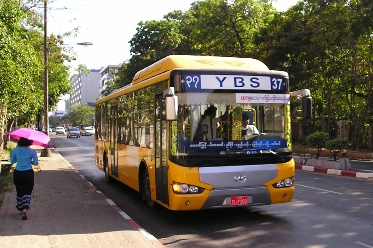

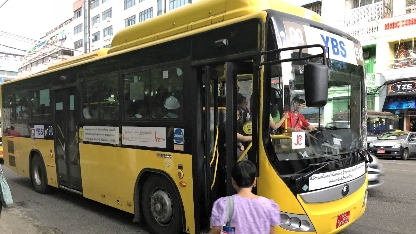
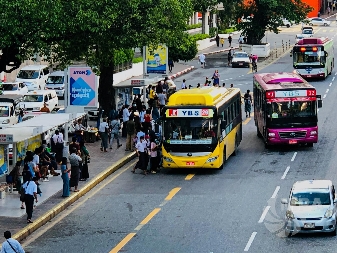
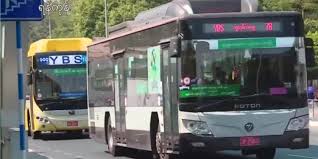
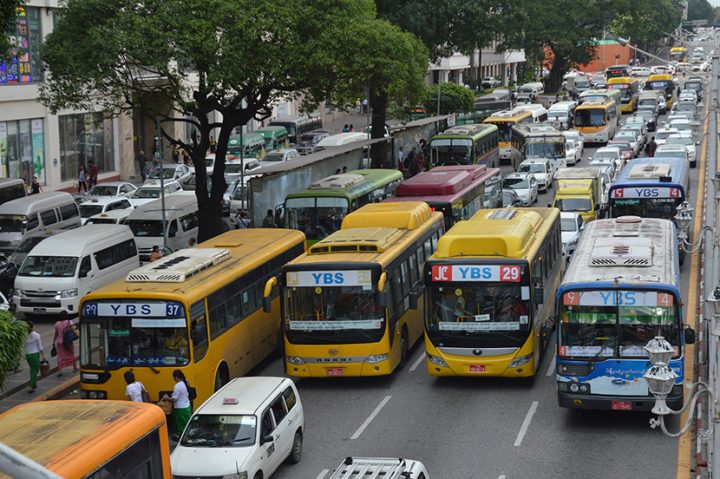
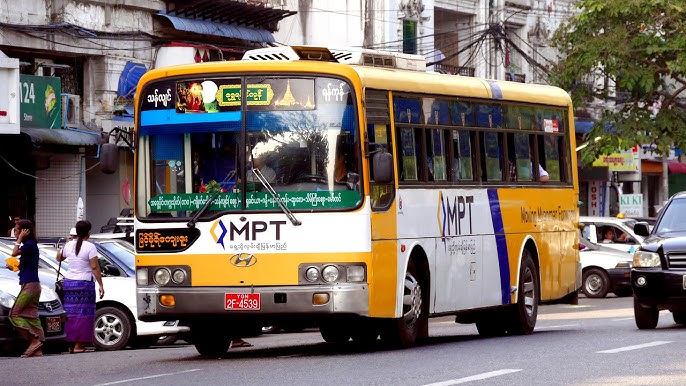
– **Mobile Learning Opportunities:** As mobile devices become more central to learning, 5G allows students to access educational resources through smartphones and tablets without being tied to a physical location.
### 2. **Real-Time Learning and Collaboration**
– **Interactive Learning Environments:** With 5G’s low latency, students can engage in real-time discussions, collaborations, and interactive lessons, regardless of geographical barriers. This can create a more inclusive environment for students who would otherwise miss out on such opportunities.
– **Global Peer Interaction:** Students can connect with peers and educators from around the world, expanding their cultural awareness and learning from diverse perspectives.
### 3. **Support for Diverse Learning Needs**
– **Inclusive Educational Tools:** 5G enables the use of advanced technologies, such as speech recognition, AI-driven adaptive learning platforms, and real-time translations, which can support students with disabilities or language barriers.
– **Customizable Learning Materials:** Educational resources can be tailored to meet diverse learning styles and needs, enhancing engagement and comprehension.
### 4. **Remote and Hybrid Learning**
– **Equitable Learning Options:** 5G supports remote and hybrid learning models, making it easier for students unable to attend physical classrooms—due to health, safety, or logistical issues—to participate in classes.
– **On-Demand Learning:** Educators can create on-demand, high-quality lessons that leverage multimedia content, allowing students to learn at their own pace and revisit lessons as needed.
### 5. **Access to Quality Educational Resources**
– **Online Course Offerings:** With a reliable internet connection, students can access a vast array of online courses, lectures, and educational materials from top universities and platforms, which might otherwise be unavailable to them locally.
– **Virtual Tutoring and Mentoring:** 5G enables students to access virtual tutoring services or mentoring programs, connecting them with educators, industry professionals, or peers who can provide guidance and support.
### 6. **Engaging Educational Experiences**
– **Augmented and Virtual Reality (AR/VR):** High-speed connections facilitate the use of AR and VR technologies in education, enabling immersive experiences that can cater to diverse learners and enhance understanding of complex subjects, such as science or history.
– **Gamified Learning:** Interactive and game-based learning platforms can leverage 5G technology for real-time feedback and collaboration, making learning enjoyable and engaging for students of all backgrounds.
### 7. **Data-Driven Insights for Educators**
– **Analytics and Monitoring:** Educators can use real-time data analytics to monitor student engagement and performance, allowing for timely interventions and adjustments to teaching strategies to support struggling students.
– **Customized Programs:** Educational institutions can develop data-driven programs and outreach initiatives aimed at enhancing access and success rates for underserved populations.
### 8. **Community Learning Hubs**
– **Local Learning Centers:** 5G can power community centers with adequate resources, offering students safe spaces to access technology, receive tutoring, or participate in collaborative projects.
– **Partnerships with Organizations:** Schools and educational institutions can partner with local organizations to set up programs that leverage 5G connectivity to enhance community learning opportunities.
### Conclusion
The implementation of 5G technology holds the promise of making education more accessible, equitable, and engaging for all learners. By bridging connectivity gaps, utilizing immersive technologies, and fostering collaboration, 5G can empower individuals from diverse backgrounds and communities, ensuring that everyone has the opportunity to succeed in the digital age. As educational institutions, governments, and organizations invest in 5G infrastructure and initiatives, the potential for enriched and inclusive learning experiences will grow, ultimately benefiting society as a whole.


Leave a Reply